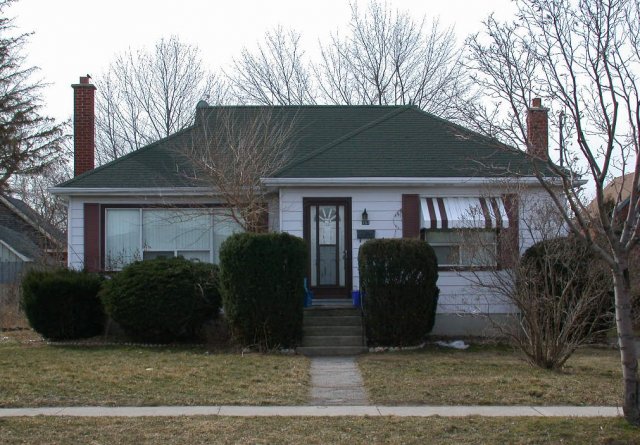While Ontario was
the first Canadian province to see a woman graduate with an architecture degree (1920), it would take another decade for the first woman to be registered as a member of the Ontario Association of Architects. This was, in part, the result of changes to the legislation governing the practice of architecture within the province. While the OAA was established in 1889, it would not be until 1931 that Ontario’s Architects Registration Board would be instituted, making membership mandatory for anyone wishing to use the title architect. The legislative change also granted membership “to anyone who had styled themselves an architect, prepared plans, and supervised construction for one year prior to July 1, 1931.” It would be in this legislative context that the first two women, Elma Laird and Alexandra Biriukova, would apply for registration and become members of the OAA in 1931. They would also be the only women to receive their licenses in the 1930s, in part because the Great Depression (1929-1939) further reduced opportunities for women to enter the profession.
This is the first of a two part post exploring the life of Ontario’s first female architects, Elma Laird and Alexandra Biriukova.
c 161 Grey Street, Brantford, designed by Elma Laird. Photo courtesy of City of Brantford.
161 Grey Street, Brantford, designed by Elma Laird. Photo courtesy of City of Brantford.
Elma Laird Born September 23, 1900 in Fargo, North Dakota, Laird came to Canada with her parents in 1905. After attaining a business college education, she worked for two contracting firms in Brantford, Ontario before joining the office of architect Frederick Charles Bodley where she worked from 1921 to 1934. During her time in Bodley’s office she would author two houses in Brantford (58 Port Street and 161 Grey Street) as well as a house in Cambridge (R.R.32). These houses were modest and unassuming, reflecting Ontario’s conservative architectural attitudes in the 1930’s. In 1931 Ontario’s Architects Registration Board was established, granting membership “to anyone who had styled themselves an architect, prepared plans, and supervised construction for one year prior to July 1, 1931.” Laird’s decade long career in architecture was recognized by the board and by November of 1931 Laird became a member of the OAA. Unfortunately, her architectural career was cut short with the arrival of the Great Depression. In 1934 Laird left Bodley’s office and began working as a secretary at a stationary firm until her retirement in 1968. She however never renounced her OAA membership.
Sources:
Grierson, J., & For The Record Committee (Toronto, Ont.). (2008).
For the record: The first women in Canadian architecture. Toronto: Dundurn Press.
Adams, A., & Tancred, P. (2000).
Designing women: Gender and the architectural profession. Toronto: University of Toronto Press.
Simmins, G. (1989).
Ontario Association of Architects: A Centennial History 1889-1989. Toronto: Ontario Association of Architects.